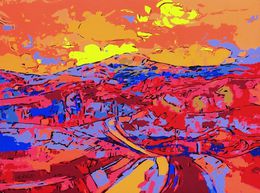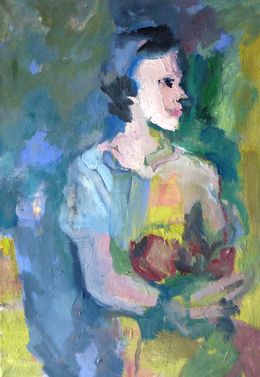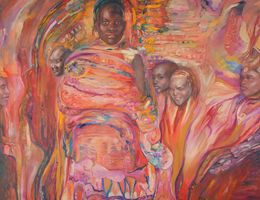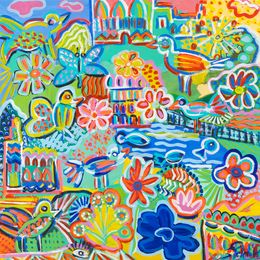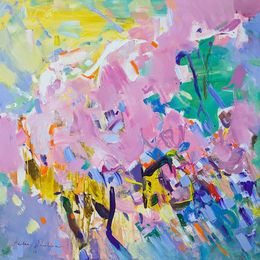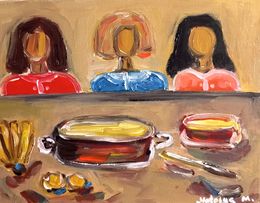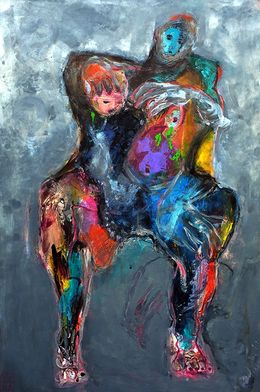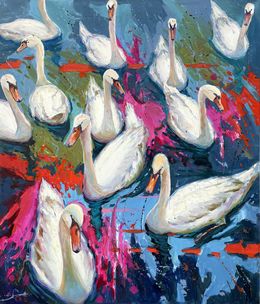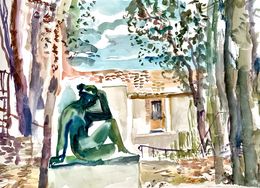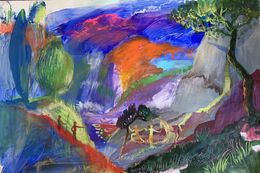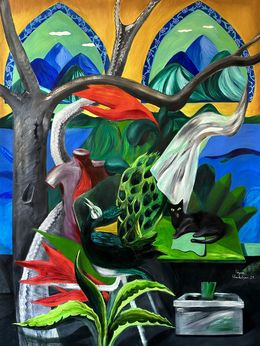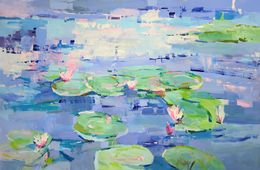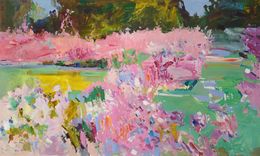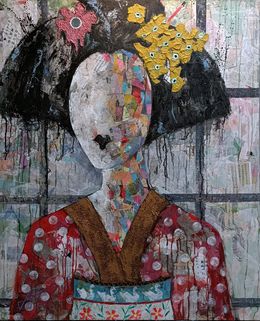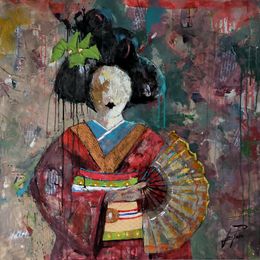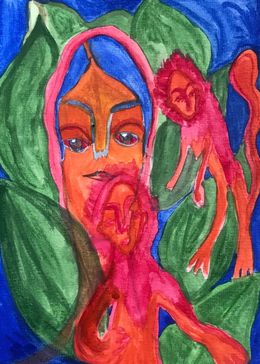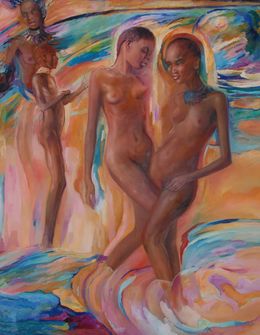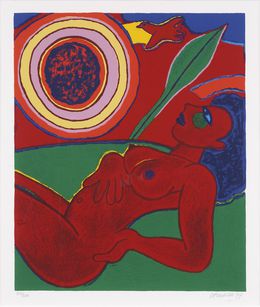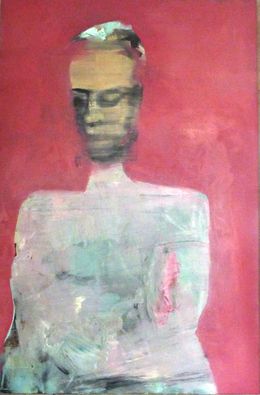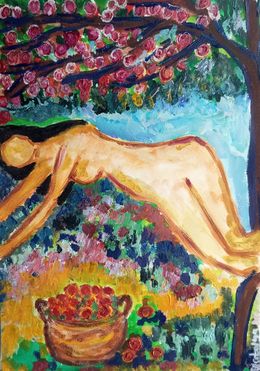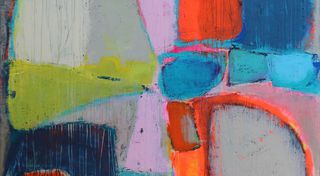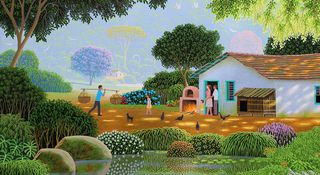
Inspired by Paul Gauguin
Paul Gauguin is a major painter of the 19th century. A precursor of modern art, his works today have enormous value on the art market. Born in Paris in 1848, this Post-Impressionist painter fostered friendships with other influential artists such as Vincent Van Gogh and Edgar Degas over the course of his career.
His work is best characterized by his Synthesist style which deeply contrasted from the features of Impressionism. Using non-representational color palettes and influenced by folk prints and art, he defined his art style. Towards the end of his life, he spent ten years in French Polynesia, an environment that highly influenced his artwork with Gauguin depicting the people and landscapes of the region and by using motifs native to the region. His work was also full of Symbolism like those of Paul Cézanne.
Although never celebrated during his lifetime, his work has been highly influential on other famous artists such as Pablo Picasso and Henri Matisse and countless other contemporaries. To celebrate his work, Artsper has curated a selection of artworks by artists inspired by the great Paul Gauguin.
Save your search and find it in your favorites
Save your search to find it quickly
Saved search
Your search is accessible from the favorites tab > My favorite searches
Unsaved search
A problem occurred


